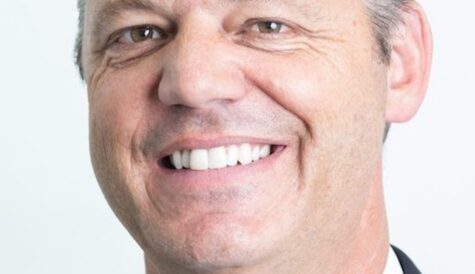Virgin Media could axe 900 jobs in restructure
Virgin Media has announced plans to change its operating structure in a move that could result in the loss of around 900 jobs in the UK over two years.
 The Liberty Global-owned operator would not comment on which specific areas of the business would be affected, and said it is currently entering a consultation period with employees in roles that could impacted.
The Liberty Global-owned operator would not comment on which specific areas of the business would be affected, and said it is currently entering a consultation period with employees in roles that could impacted.
Virgin said that the reorganisation would support the company’s growth plans and efforts to offer “the best services for customers”, claiming it was not simply a cost-cutting exercise.
It added that the company will continue to create new roles and recruit, particularly in areas that are driving the company’s growth – for example Project Lightning, Virgin’s five-year plan to invest £3 billion (US$4.3 billion) to build out its ultrafast broadband network.
The firm, which offers pay TV services in the UK, made a splash late last year by acquiring exclusive rights to Starz horror-comedy series Ash Vs. Evil Dead. The move was described by chief digital entertainment officer David Bouchier as “a step-change” in the firm’s TV programming strategy” as it competes with the likes of Sky, Netflix, Amazon Prime Instant Video and TalkTalk in the paid-for space.
“Over the last three years Virgin Media has been transformed,” said Virgin Media CEO Tom Mockridge (pictured). “We’re expanding, investing and growing our business. The proposed reorganisation will give us an even sharper focus on the customer, network expansion and business growth.”
Virgin currently directly employs 13,600 in the UK, meaning the planned layoffs will result in an almost 7% reduction to its UK workforce.
However, the company, which currently also outsources work to the Philipines, Poland and India, said that it expects to increase the overall number of people it employs both directly and through outsourced partners in the coming years.
In the UK and overseas Virgin said it expects direct and outsourced staff figures to climb from around 23,000 people in 2015 to morethan 25,000 in 2016 and 26,000 in 2017.



